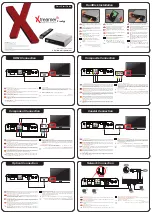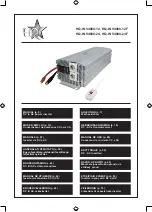
2.3 Protocol
transparency
Data transmission by the RS485 / FO signal converter is protocol-
transparent in both directions, thus allowing the use of the converter for
all common protocols (e.g. IEC protocol, DIGSI etc.) from 9600 bauds up
to 115 kbauds.
2.4
Data transfer
The RS485 interface, which may be connected as a bus, is a two wire
half duplex interface i.e. one can only receive or transmit at one point in
time. This interface is only suitable in master/slave configurations, with a
singe master.
As up to 32 devices (including Master) are all communicating on the
RS485 bus, they must all be set to the same baud rate and data format.
Each slave must have a different device address. Within the system,
only one Master may be active, and only one slave may respond.
The logic of the optical interface is positive (Light OFF in idle state),
incoming light signals are treated as active = 1 (high). For use in systems
operating with a negative logic, the converter can be switched over to
negative logic by means of a switch that is accessible from outside.
Inversion of the logic applies to both the optical input and the optical
output of this interface. On delivery, the converter is set to positive logic
(Light OFF in idle state).
In the quiescent state (no data transfer), the RS485 interface is in the
receive mode, and the optical module is in the transmit mode, i.e. data
received by the TS485 interface are transmitted by the optical output.
From the optical interface, the data direction is controlled by a baud rate-
dependent logic. In idle state (no data transfer) the optical module is in
Transmit mode.
On arrival of optical data, the first signal edge reverses the data
direction. On receiving the stop bit, the data direction is immediately
reset to its previous mode.
Page 10 of 28
RS485-FO Converter 2-channel
12.10.2006
Summary of Contents for 7XV5651-0 A00 Series
Page 2: ......











































